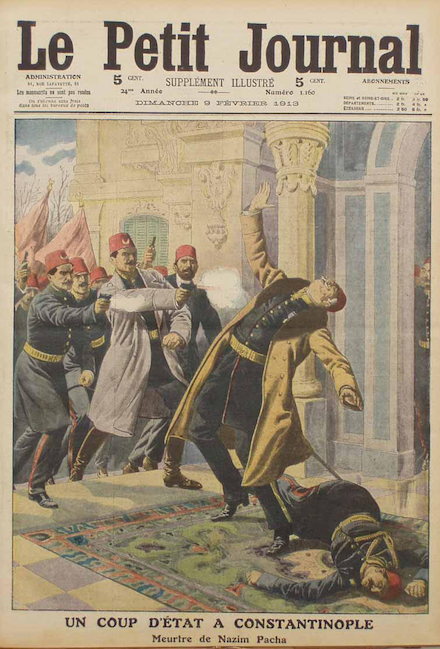Turkey’s “September 12” military junta — which had taken power in a coup on that day — hanged Necdet Adalı on this date in 1980, followed a few hours later by Mustafa Pehlivanoğlu.
Respectively a left-wing alleged terrorist and a right-wing* alleged one, they were offered up together with intentional ideological balance in the military’s bid to quash the years-long warfare between factions that marred the 1970s.
Both were condemned for a few of the 5,000-plus political murders that took place during those years, and both doubtfully; Adalı famously declined to participate in an escape attempt for fear it would mar his claim of innocence, and Pehlivanoğlu renounced his confession to a series of coffee shop attacks as torture-adduced.
“Safak Türküsü” (“Dawn Folk Song”), a verse tribute to Adalı by Nevzat Çelik.
They were Turkey’s first executions since 1972, and not by far the last ones that the military government imposed. These young men and the others that followed them are still esteemed martyrs so much so that when the present-day president of Turkey, Recep Tayyip Erdogan, passed constitutional updates by referendum in 2010 that (among other things) curtailed military immunity from prosecution, he invoked both the left-wing and right-wing victims by way of justification.
* Pehlivanoğlu was ülkücü, literally translated as “idealistic”. In context this term denotes right-wing nationalism; the Gray Wolves fascist militant organization, for instance, is officially the “Idealist Clubs Educational and Cultural Foundation”.
On this day..
- 1946: Walter Grimm and Karl Mumm, judicial murderers
- 1852: Adam Wimple, his executioner's lodger
- 1586: John Lowe, John Adams, and Robert Dibdale, English Catholics
- 1926: The Lowman lynchings
- 1946: The Neuengamme camp war criminals
- 1760: John Bruleman, weary of life
- 1295: Thomas Turbeville, undercover knight
- 1982: Khosrow Khan Qashqai
- 1354: Cola di Rienzi, last of the Roman Tribunes
- 1927: Martyrdom of Five Christeros
- 1789: Rachel Wall, female pirate
- Themed Set: Women Who Kill
- 1997: Ricky Lee Green

 A Circassian infantryman who served under
A Circassian infantryman who served under 
 By ethnicity a politically
By ethnicity a politically  Later restored as
Later restored as